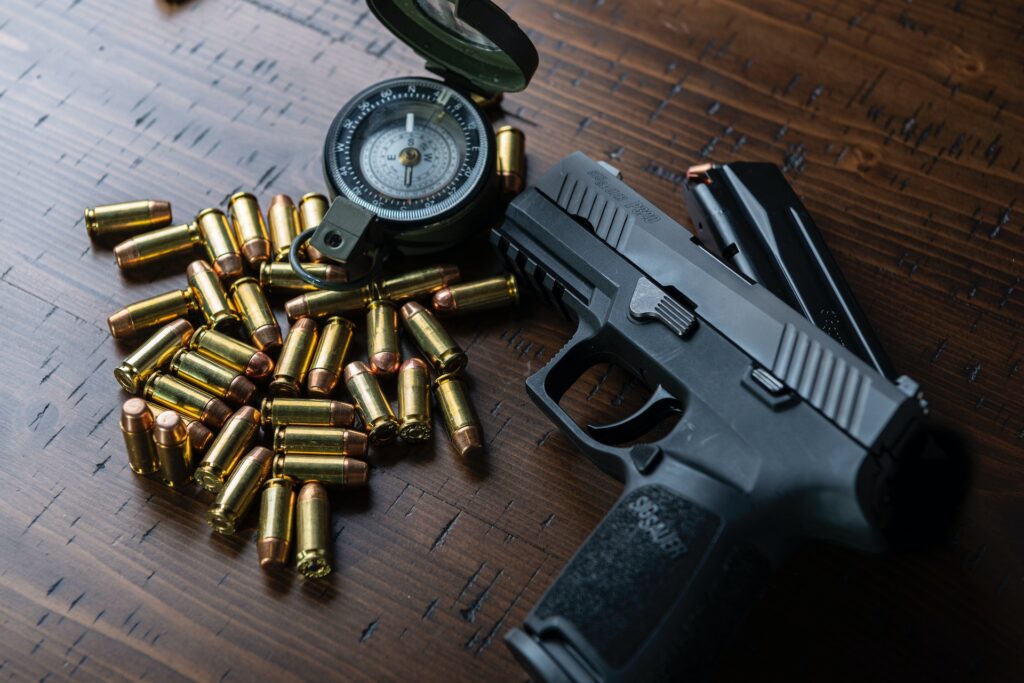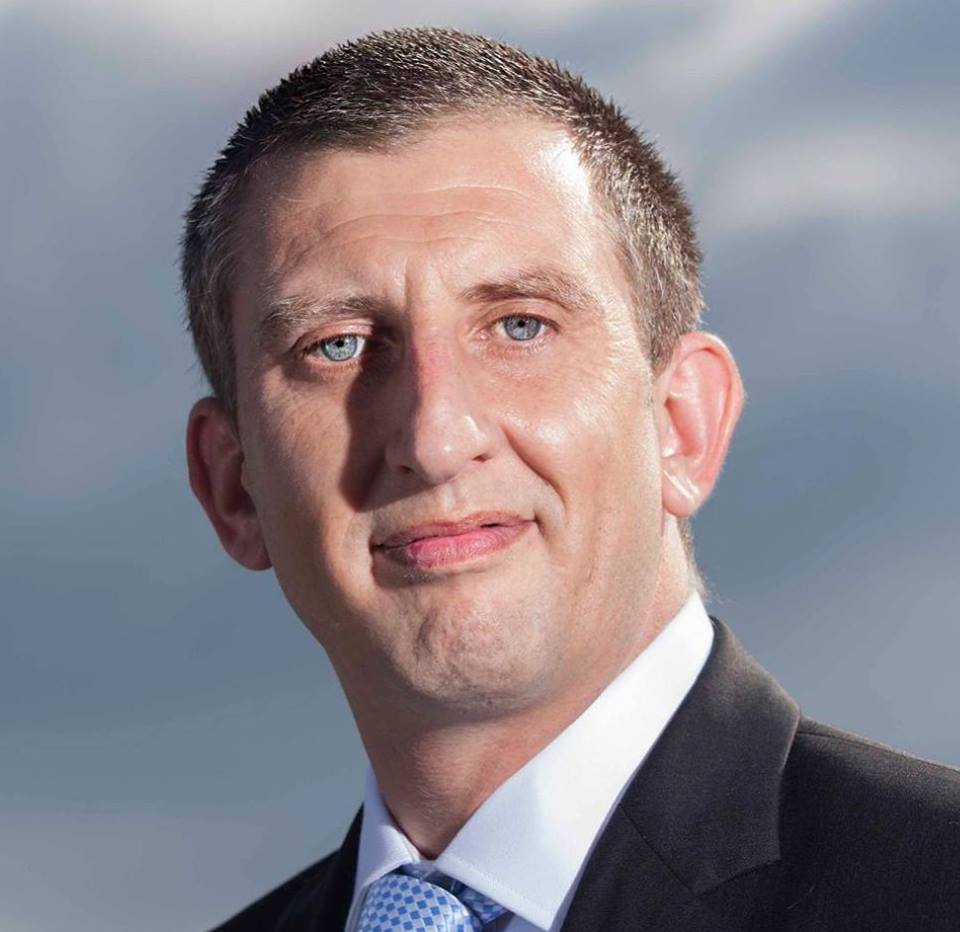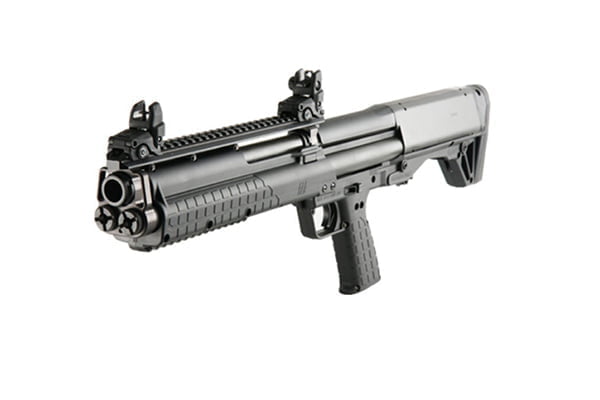
Intro
We talk about self defense with a concealed carry gun all the time, but what does self defense even mean?
It’s a much more complex and nuanced subject than we like to believe. But you need to know the rules and respect them, or you could find yourself in a world of legal trouble.
The old adage that is better to be tried by 12 than carried by six holds true, but if you can avoid both of those things then it’s definitely better.
- 9mm Micro Compact pistols for concealed carry.
- Sub-compact 9mm handguns for CCW.
- Subcompact 45 ACP pistols for concealed carry and self defense.
Local Laws Vary, But There ARE Constants
Now the law varies from State to State, so read up on your local laws first. Some States have a Stand Your Ground Law in place that eliminated the need to retreat. And the rules for home invaders are different, so make sure you know where you stand, so to speak, with your local legislature.
But that aside, these are the basic requirements before you even draw your concealed carry pistol, let alone fire it.
1. The Imminent Threat of Death of Serious Bodily Injury
The first factor is that the use of force must be in response to an imminent threat of death or serious bodily injury. This means that the attacker must be posing a clear and present danger to you.
If the attacker is no longer a threat, retreats and definitely if they turn their back, then the use of force is no longer justified.
The police and perhaps the courts must be convinced that a reasonable person would believe that they were in imminent danger.
2. The Force Must Be Reasonable
The second factor is that you must use reasonable force for the circumstances. This means that the amount of force used must be proportionate to the threat posed by the attacker.
So you don’t pull your gun to settle a verbal dispute, you don’t shoot in the air in a drunken argument and you don’t empty a double stack magazine into someone that slapped you.
This all seems obvious here, but in the heat of the moment it can be easy to pull your gun prematurely, like in the movies, to establish your authority. Legally that’s a bad move that can land you with a felony, which means you lose your guns.
So the basic rule of thumb is don’t pull your gun until you feel compelled to use it to protect you or your family. Brandishing a weapon can become a habit and it is one that will cause you a world of problems and potentially escalate a situation that could be diffused into a fatal incident.
3. You Have a Duty to Retreat
In States without a Stand Your Ground Law, you need to check this stipulation carefully. Many jurisdictions specifically state you have a duty to retreat before using deadly force.
This puts the onus on you to try and escape the situation before you engage and use your concealed carry pistol to deadly effect.
This does not apply in your home, but in public, in the open, these rules can change the whole complexion of self defense. So make sure you know them.
4. The Aftermath of a Shooting
After using a concealed carry gun in self-defense, it is important to call the police immediately and cooperate with their investigation. The person using the gun should also seek legal counsel to ensure that their rights are protected.
It is important to note that the definition of self-defense can be complex and fact-specific. If you are considering carrying a concealed gun, it is important to consult with an attorney to understand the laws in your jurisdiction.
More Basic Rules of Self Defense
Here are some additional things to keep in mind when considering using a concealed carry gun in self-defense:
- Be aware of your surroundings. The more aware you are of your surroundings, the better equipped you will be to assess a potential threat.
- Trust your gut. If you feel like something is wrong, it probably is. Don’t ignore your instincts.
- Try to de-escalate the situation. If possible, try to talk your way out of the situation.
- Only use your gun as a last resort. The use of a gun should be your absolute last option.
- Be prepared to explain your actions. If you use your gun in self-defense, you will likely have to explain your actions to the police. Be prepared to answer their questions and justify your use of force.
Carrying a concealed gun is a serious responsibility. It is important to be aware of the laws in your jurisdiction and to use your gun only in self-defense.
Training is Vital
Also, do as much training as you can. Not just plinking mindlessly at the range. Take proper classes with multiple instructors that give you the benefit of their personal experience.
Many of these classes are run by ex law enforcement officers and soldiers. Find them, learn everything you can and prepare for the moment when you need to pull your gun in self defense.
This will be the best investment of your life when the time comes.
A violent altercation or a home invasion is a whirl of noise, emotions and adrenaline. The better prepared you are, then the better prepared you will be to deal with it and not panic.
Panic and stress are your enemy in this situation, as much as any attacker. They lead to bad decisions, which could have legal ramifications.
The best way to mitigate that panic and stress is to prepare, prepare and prepare some more. So when the time comes, you know exactly what to do and you follow the right instincts.
That way you won’t just come out the other side, you’ll make the right choice that you can explain to the police and the courts later.
Invest in the Best Concealed Carry Insurance
If you carry without insurance, you’re asking for trouble. You simply cannot take that risk anymore.
It would be like driving uninsured. You just can’t do it these days.
The best concealed carry insurance gives you liability insurance, will cover your legal fees in the event of a lawsuit and should give you peace of mind.


